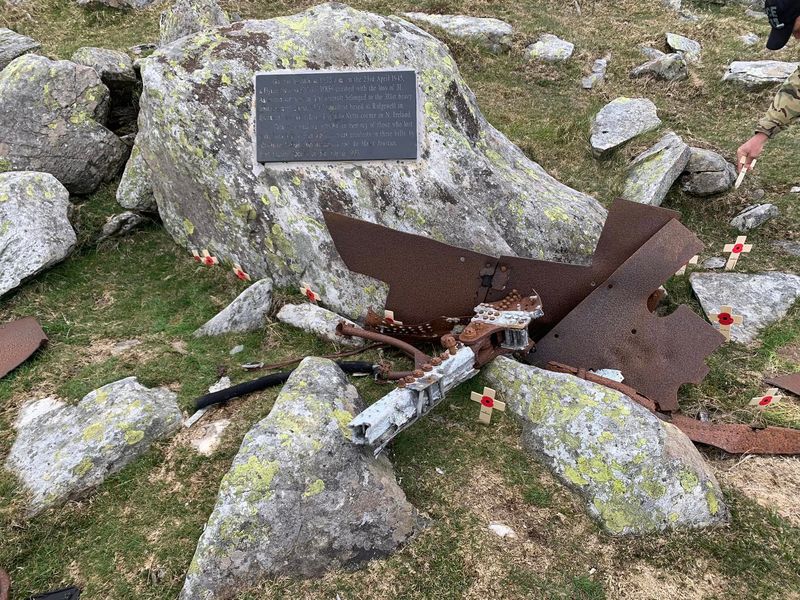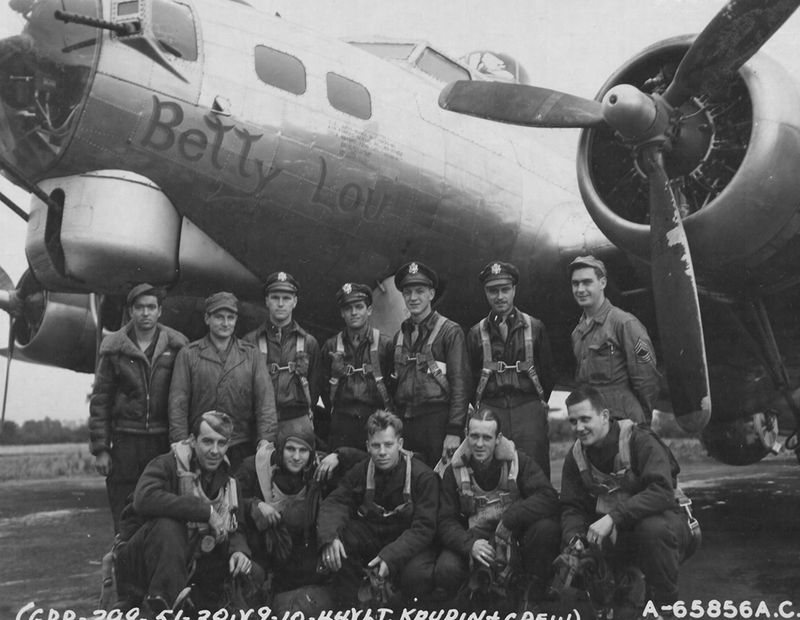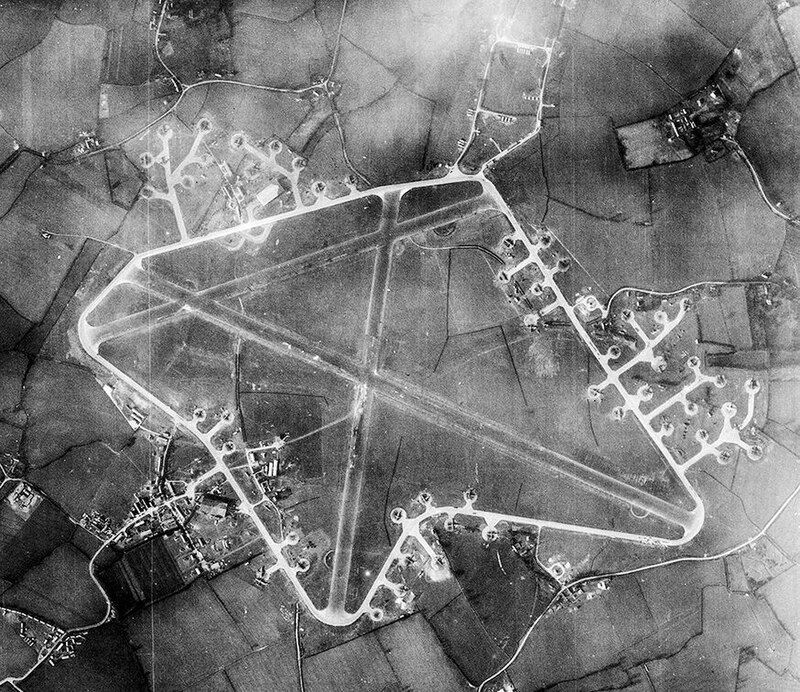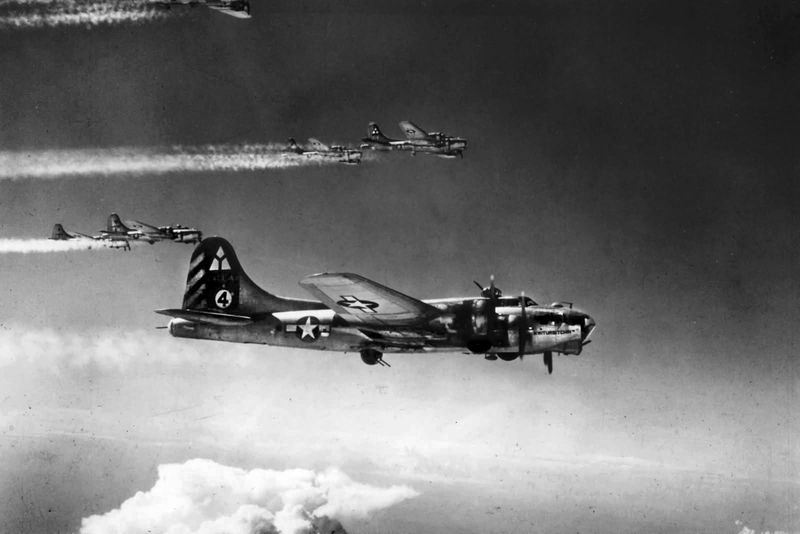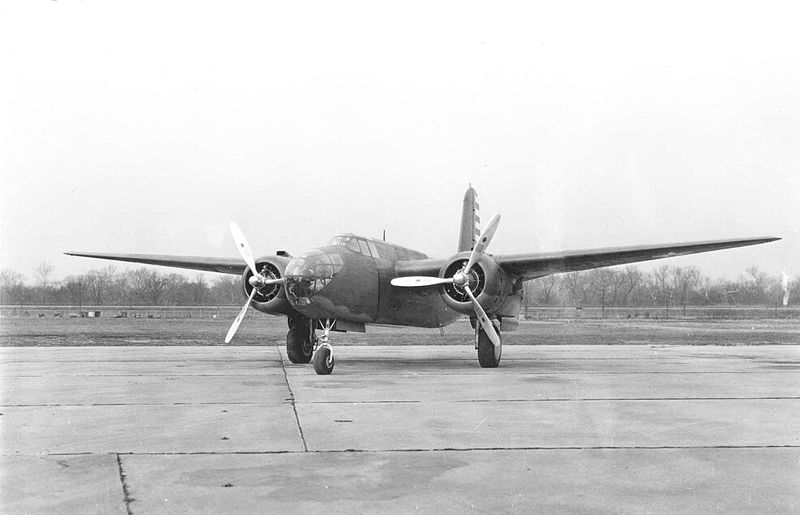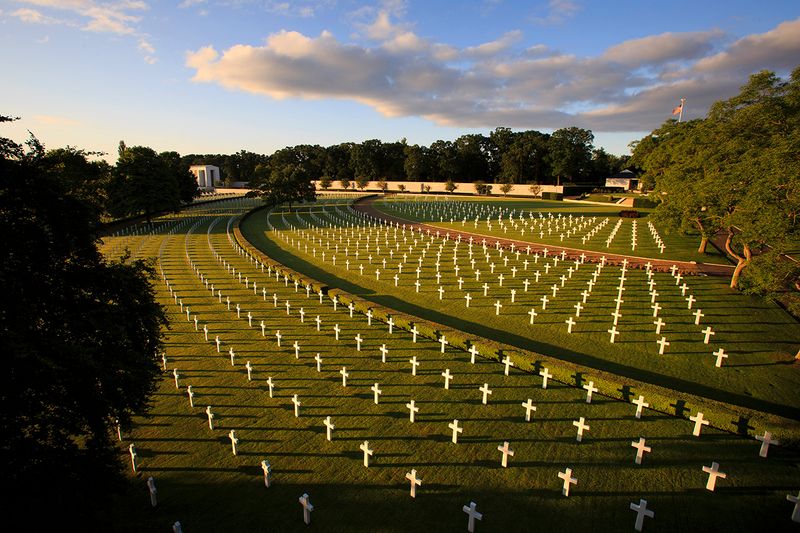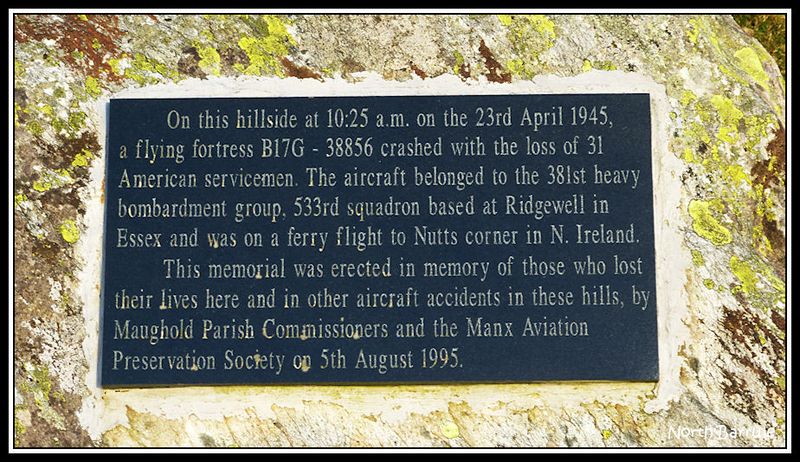Explore the tragic story of a B-17 bomber that met its fate on the Isle of Man, with eight compelling facts shedding light on the incident’s historical significance and emotional impact.
1. Date & Location
On April 23, 1945, a routine passenger flight turned tragic when a Boeing B‑17G Flying Fortress crashed into North Barrule, a prominent hill on the Isle of Man. The hill, standing at 1,842 feet, was shrouded in heavy cloud and fog that day. This atmospheric cloak contributed to the bomber’s unfortunate collision. The crash site, now a poignant reminder of the event, draws visitors reflecting on the somber history. Locals recount tales of the misty peaks, blending the island’s natural beauty with the somber echoes of history.
2. Aircraft & Unit
The B-17G Flying Fortress was a revered aircraft, noted for its resilience and significant contribution during WWII. Serial number 43‑38856 was part of the 534th Bombardment Squadron, under the Eighth Air Force’s 381st Bomb Group. Stationed at RAF Ridgewell in Essex, this unit was pivotal in various strategic missions. The aircraft’s tales are not just of battles, but also of the camaraderie and bravery of the men who served. This particular bomber, however, met an untimely fate, adding a somber chapter to its storied history.
3. Flight Plan
Departing RAF Ridgewell at 08:00, the bomber was on a routine mission to ferry 29 support personnel to RAF Nutts Corner. The team onboard comprised armorers, fitters, and mechanics, essential to maintaining the aircraft fleet. The two pilots were experienced, yet the unpredictability of the weather proved their greatest challenge. Navigating through cloudy skies, the journey was supposed to be uneventful. However, the weather was not on their side, enveloping the aircraft in a cloak of uncertainty that would soon turn catastrophic.
4. Cause of Crash
The crash was a tragic example of controlled flight into terrain (CFIT). The crew, flying at approximately 500 ft due to low cloud and fog, inadvertently collided with the east side of North Barrule. This heart-wrenching event highlighted the challenges faced by pilots during poor weather conditions. Navigational aids of the time were not always reliable, adding to the peril. The skies that day were an invisible maze, with the bomber navigating blind through its corridors, ending in heartbreaking disaster.
5. Casualties
All 31 souls aboard perished in the crash, marking it as the deadliest aviation accident in the Isle of Man’s history. The bomber carried a mix of skilled personnel, their expertise invaluable to the war effort. Families were left to mourn their loved ones, their lives forever changed by the cruel hand of fate. The loss was profound, resonating through communities and military ranks alike. Each name etched into history serves as a somber reminder of the price paid during wartime endeavors.
6. Recovery Efforts
Recovery was swift yet sensitive, involving RAF Andreas personnel. The difficult terrain and emotional weight of the task were immense. Diplomatic channels were hastily engaged to manage the repatriation of the fallen, a process not without its complications. Swift actions bypassed local protocols, sparking a minor diplomatic incident. Yet, the priority remained to honor those who had perished. The efforts were a testament to the dedication of those who serve, even in the face of overwhelming tragedy.
7. Burial
The fallen airmen found their final resting place at Madingley Cemetery in Cambridgeshire, England. This serene location serves as a place of remembrance for the brave souls. The cemetery, with its neatly aligned rows of gravestones, tells stories of valor and sacrifice. Each stone marks a life dedicated to a greater cause, their contributions forever etched in history. Visitors to the cemetery often pause to reflect, honoring the memory of those who gave their all in the name of duty.
8. Memorial
In June 1995, a plaque was erected by the Maughold Commissioners and the Manx Aviation Preservation Society. Situated at the crash site, this memorial honors the crew who lost their lives. The plaque stands as a testament to their sacrifice, a tangible reminder for future generations. Engraved with their names, it blends into the landscape, a part of the hill’s enduring narrative. Visitors often leave flowers, a gesture of remembrance and respect, ensuring the legacy of these airmen endures through time.

